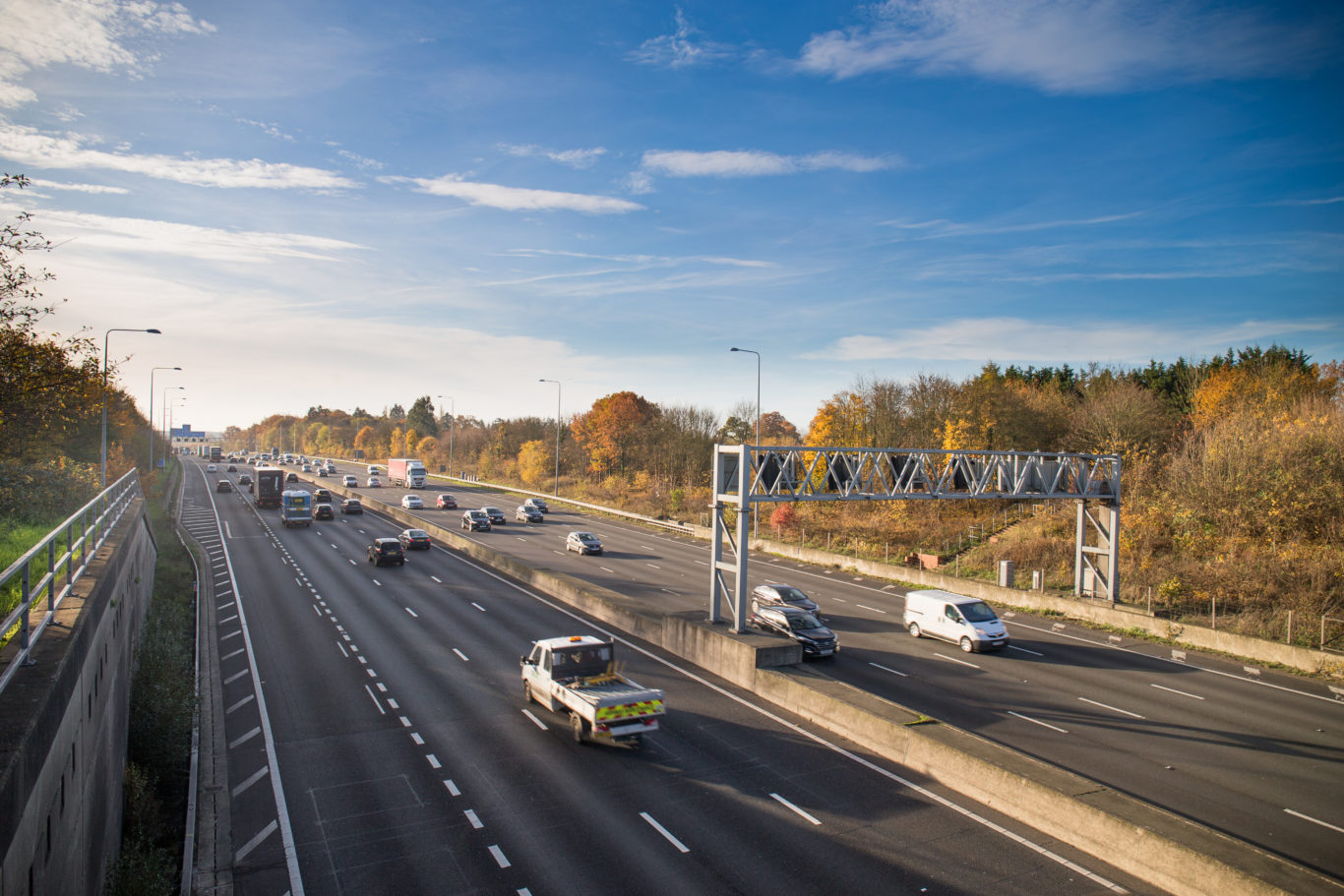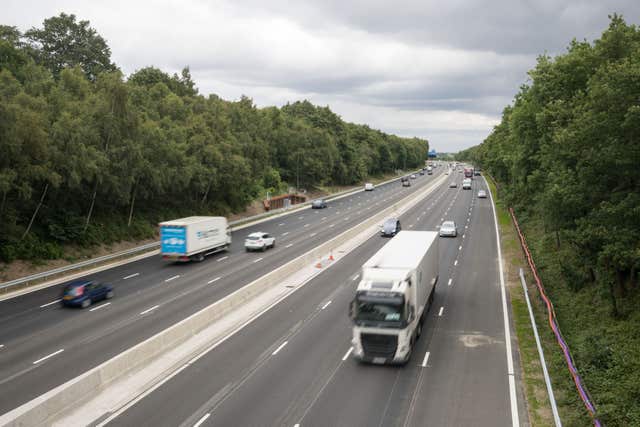
Vast swathes of the UK’s road network are being transformed into ‘Smart Motorways’. The government cites them as the solution for congestion, with the hard shoulder being used as a live lane and overhead gantries displaying variable speed limits with cameras enforcing them.
Highways England says the introduction of Smart Motorways has ‘increased journey reliability’ as well as reducing personal injury accidents. But this new network requires a new way of driving, as well as a better understanding of what the overhead signs mean. Let’s take a look.
Are there different types of Smart Motorway?
That’s right. Though the overall objective of the scheme is to improve congestion, there are different types of Smart Motorway dotted throughout the country.
The first is a controlled motorway. This retains its hard shoulder, which can be used in the event of an emergency.
The remaining lanes are subject to variable speed limits. These are displayed on overhead gantries, and enforced by speed cameras. If no speed limit is displayed, then the national speed limit is in place.
Then there are all lane running sections of motorway. This means that all lanes of the motorway are live, and there isn’t a section of hard shoulder. In the event of an incident, a red ‘X’ is displayed above the closed lane. Any driver who ignores this could not only be getting into a dangerous situation, but subject to a £100 fine and three penalty points on their licence. Again, overhead speed limits are enforced by cameras.
M25 J5-J7 smart motorway has been in operation for 3 years and we publish an annual summary of its effectiveness – latest here: https://t.co/eNHl2D1XpT. Its introduction there has seen improvements in traffic flow and no degradation in road user safety.
— Highways England (@HighwaysSEAST) November 18, 2018
Finally, you’ve got a dynamic hard shoulder. While sounding like an 80s prog-rock band, this section means that the hard shoulder can be opened to live traffic during periods of congestion. A solid white line still signifies the hard shoulder’s location, but those overhead gantry signs will display whether or not it can be used by traffic. It shouldn’t be used if the signs above the lane are blank or displaying a red ‘X’. Again, this is enforced by the overhead cameras.
What happens if I break down on a motorway with no hard shoulder?
Breaking down on the motorway can be stressful and potentially dangerous at the best of times, but what happens if the worst happens on a Smart Motorway with no hard shoulder?
Should you begin to suffer with vehicle difficulties, look out for an emergency refuge area (ERA). These are denoted by blue signs with an orange SOS telephone symbol, and are dotted at 1.5 mile intervals along the highway.

If you fail to get to an ERA in time, you should attempt to get onto the verge (providing there is no barrier), switch on your hazards and exit the vehicle via the nearside door safely. If you can’t get to the nearside of the motorway safely, stay in the vehicle with your seatbelt securely fastened.

If you’ve been able to get out of the car, contact Highways England via one of the phones placed in the ERA. However, if you can’t exit the vehicle, you need to call 999 from your mobile.
Can I get caught for speeding even if a limit isn’t displayed above the road?
This has been a point of contention for some time. Highways England states that: “All mandatory speed limits are enforced by police, as is the national speed limit of 70mph when no speeds are shown. If you break the speed limits you will be caught.” The best advice is simply not to exceed the speed limit.
Do Smart Motorways actually work?
According to Highways England, Smart Motorways are helping to keep roads moving. Published statistics say that journey reliability has improved by 22 per cent and, as mentioned, personal injury accidents have been reduced by more than half. Highways England also says that where accidents did occur, their severity was much lower overall.

Enjoy the convenience of having The Sunday Post delivered as a digital ePaper straight to your smartphone, tablet or computer.
Subscribe for only £5.49 a month and enjoy all the benefits of the printed paper as a digital replica.
Subscribe